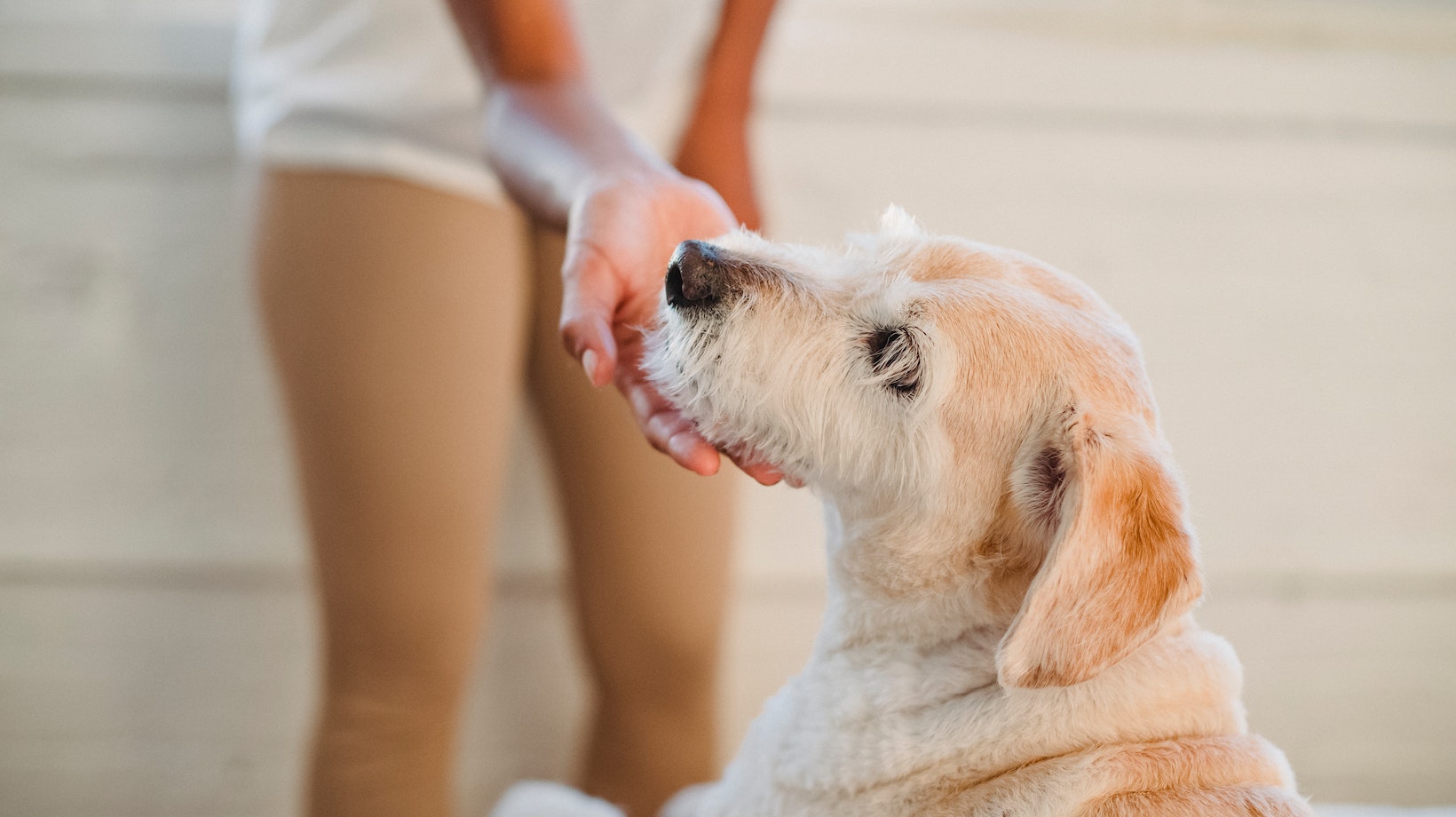Are you struggling with a Labrador who keeps peeing inside? Don’t worry, I’ll share some effective strategies to help you stop this behavior. As a dog owner myself, I understand the frustration and the importance of finding a solution.
Firstly, it’s essential to identify the root cause of your Labrador’s indoor accidents. Is it due to lack of potty training or a medical issue? If your furry friend is not yet properly trained, consistency is key. Establish a regular routine for bathroom breaks and reward them when they go outside. Additionally, keep an eye out for signs that they need to relieve themselves, such as sniffing around or circling.
If your Labrador has already received potty training but is still having accidents indoors, there may be an underlying medical issue involved. It’s best to consult with your veterinarian to rule out any health concerns that could be causing this behavior.
Why is My Dog Peeing Inside
Common reasons for dogs peeing inside
If you find your beloved Labrador leaving unexpected surprises around the house, it’s important to understand the underlying reasons behind this behavior. Several common factors can contribute to a dog peeing inside:
- Incomplete potty training: Dogs need to be properly trained to understand where and when it’s appropriate to relieve themselves. If your Labrador hasn’t been fully trained or if there have been inconsistencies in their training routine, accidents may occur indoors.
- Urinary tract infections (UTIs): Just like humans, dogs can also experience UTIs that cause them discomfort while urinating. Keep an eye out for signs such as frequent accidents, straining during urination, or blood in the urine. If you suspect a UTI, consult with your veterinarian for proper diagnosis and treatment.
- Marking territory: Unneutered male dogs may engage in marking behavior by urinating on vertical surfaces as a way of claiming their territory. Spaying or neutering your Labrador can help reduce this instinctual behavior.
Signs that your dog may have a medical issue causing accidents
While training and routine play a significant role in preventing indoor accidents, it’s essential to be aware of potential medical issues that could contribute to this behavior. Look out for the following signs:
- Excessive thirst: If your Labrador is drinking more water than usual and having frequent accidents, it could indicate an underlying medical condition such as diabetes or kidney disease.
- Incontinence: Senior dogs or those with weakened bladder muscles might experience urinary incontinence, leading to unintentional urination indoors.
- Behavior changes: Sudden changes in urination patterns, along with other behavioral abnormalities like increased restlessness or discomfort, should prompt a visit to the veterinarian for further evaluation.
Remember, each dog is unique, and their reasons for peeing inside can vary. It’s crucial to observe their behavior closely and consult with a veterinarian if you suspect any underlying health issues or need guidance on training techniques tailored specifically to your Labrador’s needs.

How to Stop My Dog Peeing Inside
Setting a Consistent Feeding Schedule
When it comes to stopping your Labrador from peeing inside, establishing a routine is essential. One key aspect of this routine is setting a consistent feeding schedule. By providing regular meals at the same time each day, you can regulate your dog’s digestive system and create predictable bathroom habits.
Start by determining the appropriate amount of food for your Labrador based on their age, size, and activity level. Divide this into two or three meals per day and establish specific meal times that work best for you and your furry friend. Consistency is key here; try to stick to the schedule as closely as possible.
Designating Specific Potty Areas
Another important step in establishing a routine is designating specific potty areas for your dog. This helps them understand where they should be relieving themselves and reduces the chances of accidents indoors.
Choose an easily accessible area outside your home where you want your Labrador to do their business. Take them to this spot consistently after meals, playtime, waking up in the morning, and before bedtime. Use cues like phrases such as “go potty” or “do your business” to reinforce the desired behavior.
Remember to be patient and consistent in your training efforts, as it may take time for your furry friend to fully grasp the routine. Reward and reinforce good behavior is an essential aspect of training your Labrador to stop peeing inside the house.